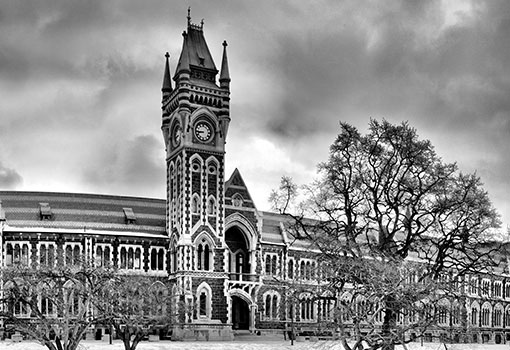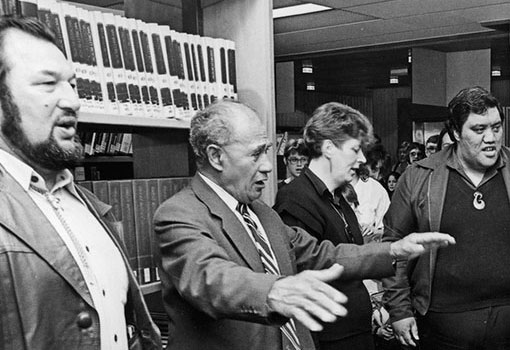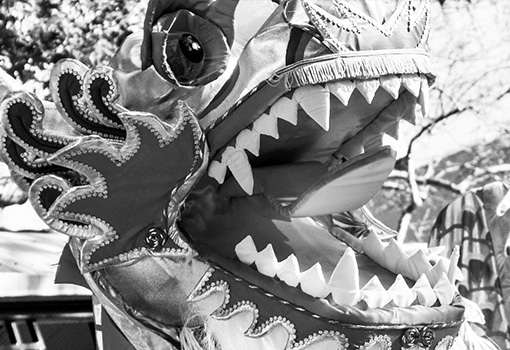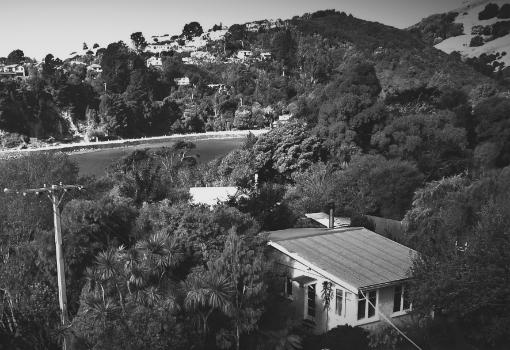
Dreaming with my body
By Rata Gordon | Corpus | Posted: Monday Dec 02, 2019
“Dreaming with my body” follows on from a previous article by Rata Gordon, “Expressive Arts Therapy: Arts-based research and new motherhood”, which you can read here.
Motherhood is undervalued. And I feel like my culture’s view of what a mother should be is limited. I have a sense of somehow trying to claw back a self that is individuated from my child and active in the public sphere, because the question looms: is being just a mother enough? And what constitutes a good enough mother in the face of climate change, mass extinctions and a global mental health crisis? My child must live in this world.
I am trying to be intimate with the world around me, feeling the sharp edges with my toe and tasting the salt water with my tongue.
I wonder whether Attachment Theory’s usual version of a good enough mother, in terms of wiping your child’s nose, having ordinary devotion, cuts it. How can I nurture not only my own child, but the world that I am bringing her into, and all that I love?
I have found that there is no greater opportunity for being told how to think, act, breathe and scratch my nose than becoming a mother. A whole flurry of social and cultural institutions, norms and practices would like to dictate how I mother, and who I am now that I’m a mother. They land like fine silt, becoming denser and heavier with time if I don’t move beneath them.
I want to feel that the stories I tell are true, but I also want to show that there are other possible untold stories lingering underneath and in between.
As weird as it is, motherhood is also completely normal. We send new mothers a card that says, Congratulations on your baby girl and glitter from the card falls on the floor which won’t be vacuumed for weeks. Or we pop around with some cookies and booties to ogle at the new baby, then we send the mum a message three months later saying, Are you coming back to work soon?
Fourteen percent of new mothers in New Zealand meet the criteria for post-natal depression, which is correlated with, among other things, lack of social connection. A British study found that around a quarter of women experience some post-traumatic stress-type symptoms following childbirth. I experienced some symptoms of both of these.
The relentless baby needs something again. It is tempting to disconnect: to use words to plaster over my body. I’ve been trying to poke around underneath the plaster. What is happening under there? Under joy, exhaustion, claustrophobia, being in love. I have been trying to get specific.
In New Zealand, it feels like we lack the language, awareness and skills for inquiring into what’s really going on for new mothers and supporting them in that transition. I know there are some wonderful initiatives, and some have touched me personally, but society at large often seems unresponsive to new mothers’ needs, and the complexity and intensity of what arrives with a new baby. A mother’s mental health affects the attachment relationship between her and her child, forming the template for relationships the child will have later in life. Secure attachment relationships produce children with good emotional regulation. This in turn, we’re told, leads to a healthier future society.
I am trying to pave my daughter’s body and mind with connection, so she feels a part of community, and the natural world.
There’s been very little research into arts therapy with new mothers. A handful of studies have shown it can improve their self esteem, emotional wellbeing and the quality of interactions with their children. It can also provide social support, help bring them insight into their mental state, and provide an opportunity for them to negotiate and articulate their new sense of self, and mourn, if necessary, their ‘lost’ self identity. In these studies, women have been invited to make art with their bodies: to sink their fingers into clay, to move paint on a canvas, to sing, dance, and tell stories.
Susan Hogan found that exhaustion is a strong theme with new mothers to the extent that they can find it hard to conceptualise a self-identity. Other themes she identifies are claustrophobia, disarticulation, shock, guilt, resentment, and loss of self, as well as celebration of the new baby and joy.
Victoria Scotti used arts-based research methods to capture the emergent, vital and multi-dimensional nature of the ‘beyond words’ phenomena of new motherhood.This was based on the premise that women are often exposed to stereotyped images in the media that don’t reflect their lived experience. She felt that by finding ways to connect to and communicate the embodied experiences of new motherhood, it would not only benefit the women she worked with, but also help wider society to gain understanding. I like this. I want to make the world of new motherhood accessible.
In these studies the researchers looked from the outside into new mothers’ experiences. I wanted to look from the inside out, as a new mother making art.
"What would happen if one woman told the truth about her life? The world would split open.” Muriel Rukeyser
I have been asking questions with my body. How on earth is it possible to actually do anything creative with a screaming, squawking, adorable baby hanging off me all day? What sort of head-space (if I have a ‘head-space’ to speak of) is useful to cultivate? What will it do to me, as in, how will it help? And how can I make these experiences visible and accessible to others?
The methodology I chose was Arts-Based Research through Autoethnography (ABR+A) which is an emerging approach to arts therapy research, being developed by my research supervisor Deborah Green. This privileges experiential, kinaesthetic, open, creative, lived, sensual means for gathering and analysing data.
Autoethnography means that I use my own personal experience as a means for studying culture. I chose this because I am currently deeply immersed in the experience of new motherhood, and wanted to make something of the rich material arising in my life. I was inspired by feminist theorists and artists, and saw the research process as an opportunity to resist limiting or stereotypical ideas and structures related to motherhood.
An arts-based methodology means that making art is a central part of my research process. This mirrors key elements of the arts therapy process, being sens/e-based, multifaceted, paradoxical, and frequently open-ended. Sens/e refers to the physical, intuitive, emotional, cognitive and felt senses as well as the sense of direction, sens in French, they contribute to. The therapeutic and research methodologies follow similar processes and flow in and out of each other.
In my research I employed multiple art forms including creative writing, painting, collage, body-casting, textiles and dance to explore my experiences as a new mother. I questioned, interrogated, and played with the taken-for-granted and imposed ideas related to gender and motherhood. I re-established a sense of agency amid anxieties and hopes about the wider world into which I am bringing my child. I returned to my experiences of giving birth and near-death, and in doing so I returned to my body. I practised tuning into my felt sense and listening deeply to my own needs. I practised writing from my body, let myself be led astray by words, and I rested in darkness.



